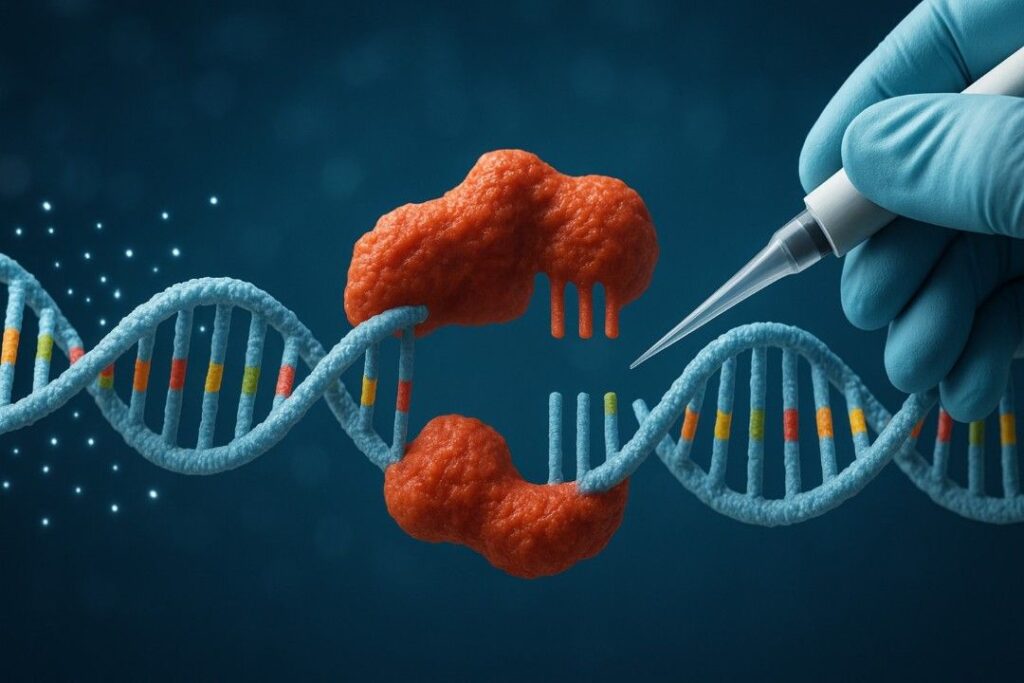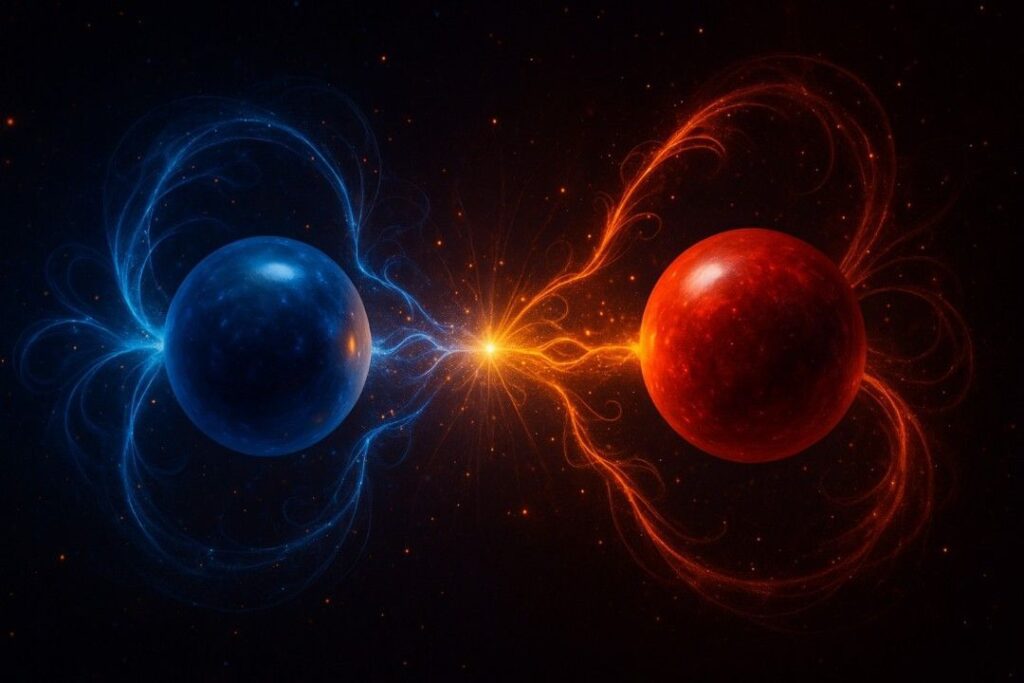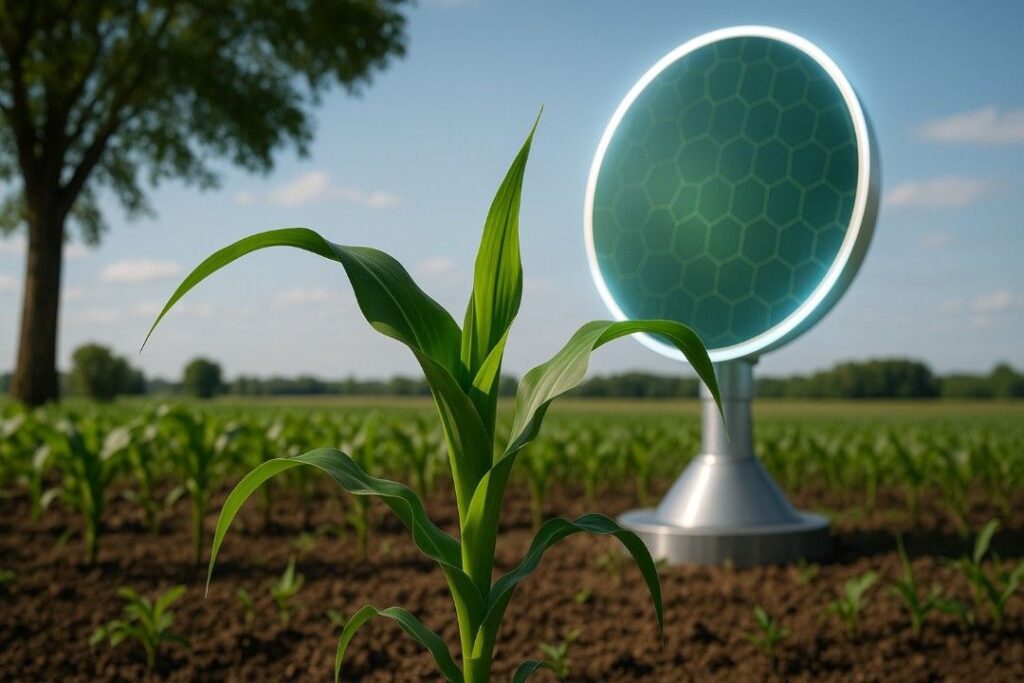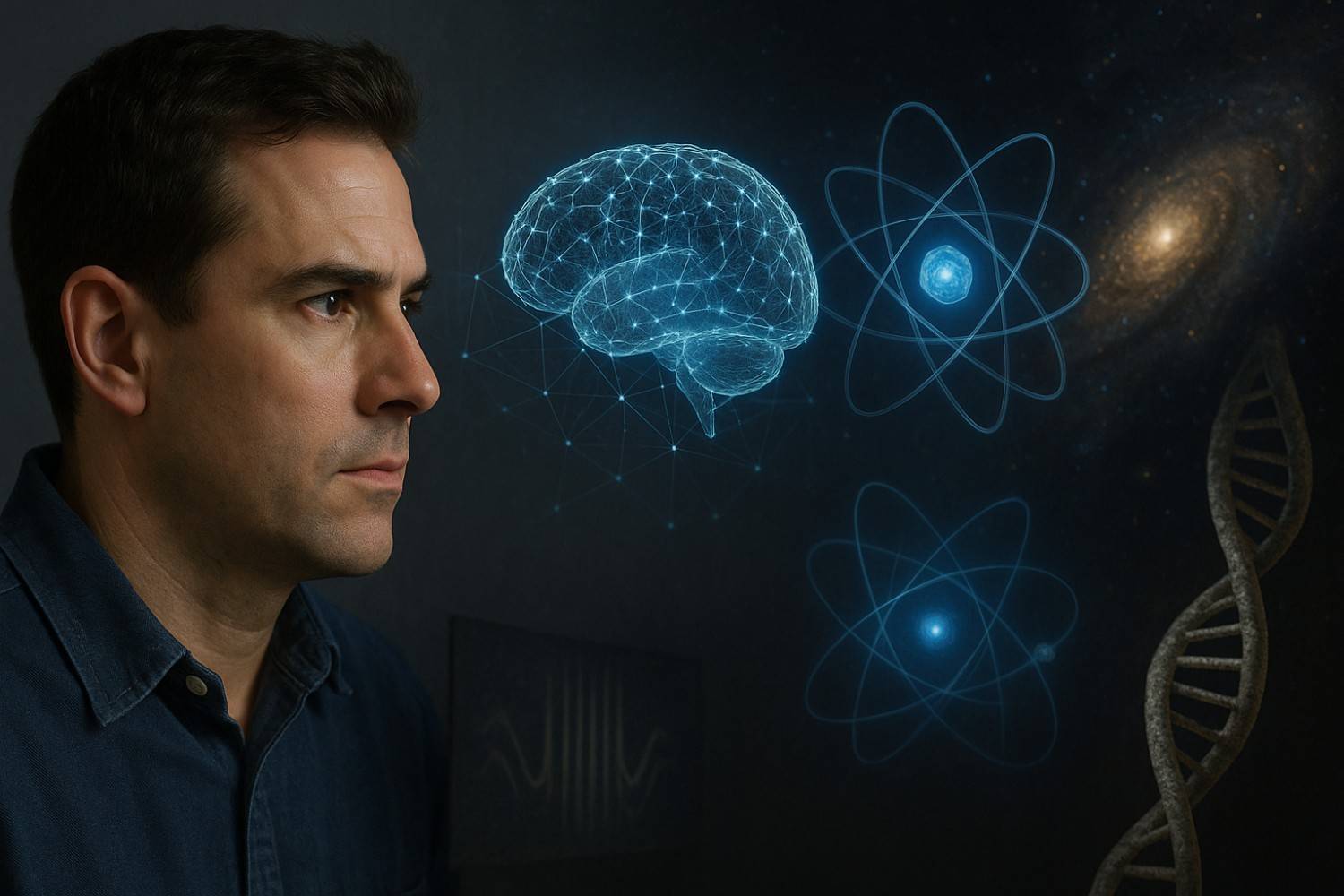From the tiniest particles to the farthest galaxies, science never ceases to amaze us with discoveries that challenge what we think we know about the universe. Advances in physics, biology, and technology reveal mysteries both bizarre and awe-inspiring, forcing us to rethink reality and our place in it. Here are 15 incredible scientific phenomena and concepts that will expand your mind and ignite your curiosity about the world.
1. Quantum Entanglement

Quantum entanglement is a phenomenon in which two or more particles become so deeply linked that their states remain connected, no matter how far apart they are. Changing the state of one instantly affects the other, seemingly defying the speed of light. Einstein famously called this “spooky action at a distance.”
Entanglement is the backbone of emerging technologies like quantum computing and quantum cryptography, promising lightning-fast information processing and unbreakable security. Scientists are still exploring how this strange linkage might be harnessed for communication across vast distances—perhaps even enabling teleportation in the far future.
2. The Double-Slit Experiment

The double-slit experiment showed that electrons can act as both waves and particles, influenced by the method of observation. When electrons are fired through two slits, they create an interference pattern typical of waves—unless observed, in which case they act like particles.
This mind-bending experiment highlights the role of the observer in shaping physical reality and underpins much of modern quantum mechanics. The findings challenge the classical view of an objective universe and suggest that consciousness, or at least observation, might play a role in how reality unfolds.
3. CRISPR and Gene Editing

CRISPR-Cas9 technology has revolutionized genetics by making it possible to edit DNA with unprecedented precision. Researchers can now cut and paste genes, correct mutations, and potentially cure hereditary diseases.
Applications include agriculture with drought-resistant crops and medicine, where scientists seek cures for sickle cell anemia and cystic fibrosis. Ethical debates swirl around the possibilities of “designer babies” and unforeseen consequences, but CRISPR’s power to reshape life at its most fundamental level is undeniable and continues to fuel scientific and ethical discussions worldwide.
4. Dark Matter

Dark matter is a mysterious substance that makes up about 27% of the universe’s mass-energy content, yet it neither emits nor absorbs light. Scientists inferred its existence from gravitational effects on galaxies—without dark matter, galaxies would fly apart.
Despite decades of research, no one has directly detected a dark matter particle. Physicists use elaborate detectors deep underground to hunt for elusive signals. Understanding dark matter could unlock secrets of the universe’s structure, evolution, and ultimate fate, making it one of science’s most compelling mysteries.
5. The Multiverse Theory

The multiverse theory suggests our universe is just one of many—possibly infinite—universes, each with its own laws of physics. Some versions stem from quantum mechanics, others from cosmological inflation, proposing that new universes “bud off” from ours.
If the multiverse exists, there may be versions of reality where every possible outcome happens somewhere. Though evidence remains elusive, the concept is gaining traction in scientific and philosophical circles, inspiring thought experiments about alternate lives, realities, and the nature of existence itself.
6. The Holographic Principle

The holographic principle proposes that all the information contained within a three-dimensional space can be represented on a two-dimensional surface, much like a hologram. Rooted in black hole physics and string theory, this idea challenges our very perception of space and reality.
Some physicists believe the entire universe may function like a gigantic hologram, where our three-dimensional world emerges from underlying two-dimensional information. While still theoretical, this principle could help resolve paradoxes in quantum gravity and offer insights into the true fabric of reality.
7. Antimatter

Antimatter consists of particles that are mirror images of regular matter but carry opposite charges. When matter encounters antimatter, they annihilate one another, resulting in a powerful release of energy. Antimatter is used in medical imaging, such as PET scans, and is studied in high-energy physics labs worldwide.
The biggest puzzle: the observable universe is overwhelmingly made of matter, not antimatter, despite theories predicting equal amounts after the Big Bang. Unraveling this asymmetry could provide answers to why anything exists at all.
8. Brain Plasticity

Neuroplasticity refers to the brain’s remarkable ability to reorganize itself by forming new neural connections throughout life. This adaptability allows people to recover after injuries, learn new skills, and adapt to changing environments.
Examples include stroke survivors who regain abilities and musicians who develop highly specialized brain regions. Understanding brain plasticity is revolutionizing treatments for neurological disorders and mental health, revealing that the brain is far more dynamic and capable of change than once thought possible.
9. Time Dilation

Time dilation, predicted by Einstein’s theory of relativity, means time can move at different rates depending on gravity or speed. For example, astronauts in orbit age slightly slower than people on Earth. In extreme cases—like near a black hole—time can slow down dramatically.
This phenomenon is not just theory; it’s measured in experiments involving atomic clocks on airplanes and satellites. Time dilation has practical applications, such as ensuring the accuracy of GPS systems, and fundamentally alters our understanding of time as a flexible, rather than absolute, dimension.
10. The Butterfly Effect

The butterfly effect illustrates how minor alterations in initial conditions can result in significantly different outcomes within complex systems. Coined by meteorologist Edward Lorenz, the term suggests a butterfly flapping its wings could influence weather patterns weeks later.
This concept is central to chaos theory, helping explain why systems like the weather are so difficult to predict. Beyond meteorology, the butterfly effect appears in fields from economics to biology, illustrating the profound interconnectedness and unpredictability of the world around us.
11. Superconductivity

Superconductivity occurs when certain materials conduct electricity with zero resistance at extremely low temperatures. This property enables currents to flow indefinitely without energy loss, revolutionizing technologies like MRI machines and maglev trains.
Researchers are striving to discover “room-temperature” superconductors, which could transform energy transmission, computing, and transportation. The phenomenon is a vivid reminder of how quantum effects can produce behaviors that seem impossible under normal conditions, sparking innovations and reshaping industries.
12. The Placebo Effect

The placebo effect happens when people experience real improvements in health after receiving treatments with no active ingredients, purely due to their belief in the intervention. This effect highlights the powerful role of expectation and mind-body interactions in medicine.
Placebos are widely used as controls in clinical trials to ensure that observed effects are truly due to the treatment. Understanding and harnessing the placebo effect could lead to new approaches in healthcare, emphasizing the psychological dimensions of healing and recovery.
13. Photosynthesis: Artificial and Natural

Photosynthesis is the process plants use to convert sunlight into chemical energy, sustaining most life on Earth. Scientists are now working to mimic this process artificially, aiming to create clean fuels and tackle climate change.
Artificial photosynthesis systems split water to produce hydrogen fuel or convert carbon dioxide into useful compounds, potentially revolutionizing energy production. By learning from and improving upon nature’s design, researchers hope to address global challenges in food, energy, and the environment.
14. The Fermi Paradox

The Fermi Paradox questions why, given the vastness of the universe and the high probability of extraterrestrial life, we have yet to find evidence of other civilizations. Proposed solutions range from the rarity of life or intelligent beings to the possibility that advanced civilizations are hiding or self-destruct.
The paradox sparks debates about our place in the cosmos, the search for alien life, and what it means to be alone or not alone in the universe, fueling scientific inquiry and philosophical reflection.
15. Synesthesia

Synesthesia is a neurological condition where stimulation of one sensory pathway leads to involuntary experiences in another, such as seeing colors when hearing music or associating numbers with specific hues. Synesthetes often describe vivid, consistent perceptions that enhance creativity and memory.
This phenomenon provides insight into the brain’s interconnectedness and the diversity of human experience. Researchers study synesthesia to better understand perception, cognition, and the remarkable plasticity of the human mind.

